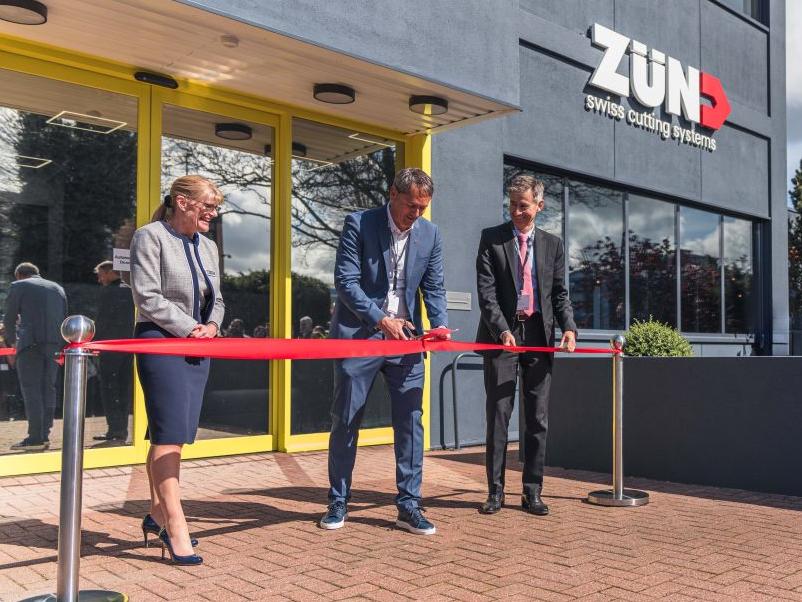The weight is over for the rail industry

There are a lot of big projects happening in the rail industry at the moment and we are looking at the sector with a lot of interest. We recently attended the ‘Opportunities for Composites in Rail’ event that was held in Manchester at the beginning of May and also ‘Rail Live’ that was held in Warwickshire in June. Both events were great for meeting the rail industry’s key figures, specifiers and end users.
While we are interested in infrastructure developments, OAS’s main focus is opportunities within rolling stock lightweighting. There are lots of people who are designing some very interesting composite products at the moment and we’re following their progress with keen interest.
For example, there is a company in the UK that is designing composite doors for London Underground tube trains. These doors are stronger, lighter and need less maintenance. They open and close quicker and if Transport For London can operate more quickly, it can get more people through the tube network. The use of composite doors has an economic benefit that far outweighs the initial cost of installing the doors. Fraction of a second improvements can have a massive productivity impact across the network.
Composite doors are just one illustration of how the demand for train lightweighting is increasing. Lightweight trains need less energy to drive them and they’re much more effective in lots of other ways.
Looking at rail industry infrastructure, there’s currently a great drive to make things better performing, easier to make and easier to maintain.
One of the simplest things that people are currently looking at is fibre reinforced sleepers. Wooden and concrete sleepers are the typical processes at the moment, but everyone is realising can we use composite-based solutions instead and there are a few companies now that are testing this. I believe there are a few countries with test tracks running, as well.
There are a number of advantages of using composite sleepers; they’re easier to maintain and they weigh a fraction of the concrete or wood equivalent. Also, the sort of equipment that’s needed to either lay the track or actually maintain the track is significantly smaller and that means it’s a quicker, easier and cheaper process.
Things like glass fibre bridges are also being investigated. Although a glass fibre bridge is typically slightly more expensive to build and install than a concrete or metal one, once it’s in place and starting its life cycle, it will need far less attention on a far less frequent basis. So, while the initial cost is higher than traditional bridges, the long-term economic cost of that installation to whoever is putting it in is significantly less.
Another benefit of using glass fibre bridges concerns the requirement to monitor and see how the bridge performs in situ. With this type of advanced materials technology, you can use optical fibre sensors within the bridge to identify stress points and other potential challenges. The data that the bridge is producing can be viewed remotely and that means any maintenance requirements can be quickly identified and implemented.
Another interesting product I’ve seen recently is capping stones on a railway bridge. Traditional capping stones are currently made out of concrete or stone and weight between 60 to 80 kilos apiece. As you would expect, heavy machinery is needed to remove them and replace them.
But a glass fibre company has manufactured lookalike glass fibre capping stones for bridges that only weight about eight kilos a piece. That means they can be put in manually and they’ve been made to look like real stones. It’s a product that can be bolted into place with far less effort, is far easier to maintain and can be easily replaced. The long-term issues about looking after it are greatly improved.
The rail industry is also looking at using advanced materials for other trackside infrastructure from hand rails that are currently made from aluminium and steel through to signal boxes. There is certainly a growing interest in moving towards advanced material products and that is presenting a massive number of opportunities. All new products need to be tested in situ but I expect them to take over from the traditional materials that are currently used.
I think it’s all starting to happen and the industry is getting behind a new way of thinking. The problem we have with a lot of things at the moment is that specifications for products are written around metal variants and that raises questions around performance and design.
For example, people may have a performance criteria written around a metal product, but that doesn’t necessarily transfer the performance criteria to a composite variant of that product. As a result, there’s a whole process that people need to go through to put that right. The qualities that products need to deliver has to be looked at.
I don’t think anyone is completely familiar with the range of new materials that are out there and how they perform. There is a lot of learning to do, but it’s starting to happen and that’s definitely a positive thing.








